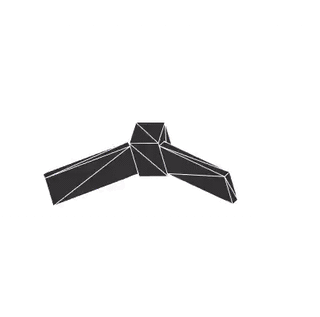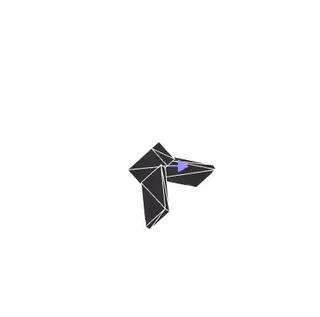Motion Estimator for Uncooperative Target
An Introduction
Space debris have captured the attention of people both in and out of Space Industry. They impose a threat but are a natural consequence of the exploration of space. There are databases of tracked debris and collision risks can be assessed prior to launching a new space mission. Areas such as Low Earth Orbit (LEO) are specially packed with those debris due to heavy military, governmental and commercial usage.
During the planning phase of a mission, methods to safely deorbit spacecrafts can be studied. Not always those methods are implemented, and as satellites become nonoperational, they impose risk for current and future spacecrafts.
Spacecraft can also be designed with in-orbit servicing capability. This allows a “servicer” satellite to approach, dock and perform maintenance, such as refueling, of another spacecraft.
Patchedconics' Motion Estimator
Patchedconics has developed a technology that allows a satellite to identify, using the camera sensor available onboard, precious information on the attitude dynamics of an uncooperative target.
Identifying parameters such as the direction of the angular momentum vector and inertia tensor is the key for allowing capture of debris or docking for servicing of satellites in orbit. To this end, estimating the inertia tensor of the target becomes essential.
For decades, researches have approached this issue mostly via linearized filters, unfortunately. Linearization needs some reference model and may not be applicable in general.
Patchedconics estimator does not rely on any reference model and provides even inertia tensor. Most of the estimators cannot handle this issue, but the Motion Estimator of Patchedconics copes with it. Once the angular momentum vector becomes available, the attitude motion including nutation is solved.
The Assessment Package
Patchedconics has been working on the development of an assessment package which can be provided for those who are interested in such technology. The Assessment Package contains the Motion Estimator executable and also Simulators which can be used out of the box or referred to for integration of the user’s own Simulator with the Estimator.
Versions History
Version 1.2 [Windows] [macOS]
Bugs fixed: The Motion Estimator now deletes any previous result file. In this case, in an event where the Motion Estimator doesn't work, there is no risk of displaying older results.
A simplified version of a simulator is included to help users understand how to use the Motion Estimator from within their own simulators. Click here for more information.
(2021/07/20)
Version 1.1 [Windows] [macOS]
This version adds the possibility to define the markers position with respect to each other, and pass this information to the motion estimator when it is reset.
This way, the user can explore different markers configurations and test with models that fit their mission more accurately.
(2021/07/15)
Version 1.0 [Windows] [macOS]
Original version published by Patchedconics.
(2021/06/25)
Download the Package
Agreement
The contents of this Assessment Package are supposed to be used within one year, free of charge. The provision of this package is for assessment and testing. Once tested and verified, the customer shall acquire the Motion Estimator firmware in a chip to be boarded in the spacecraft.
Results obtained using the contents of this Assessment Package are agreed and encouraged to be published, as long as referring to the name of Patchedconics, LLC.
Contact Patchedconics for inquiries on aquiring the Motion Estimator for your Space Mission.
Media


The use of images or data from this website needs proper permission from copyright holders.


